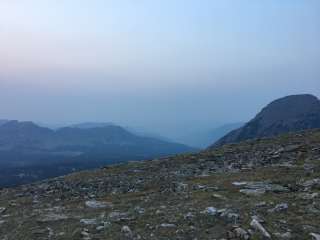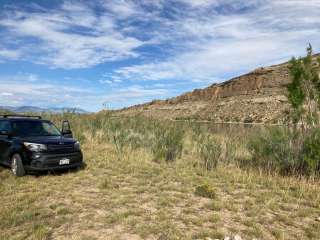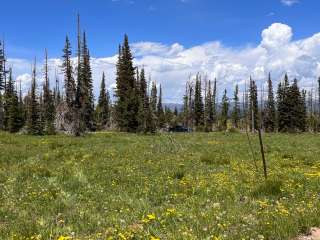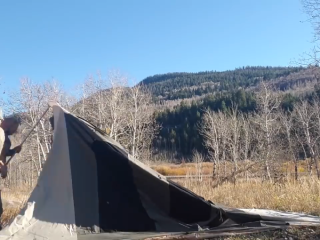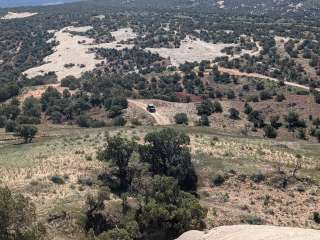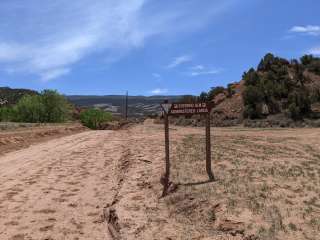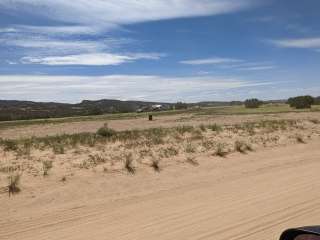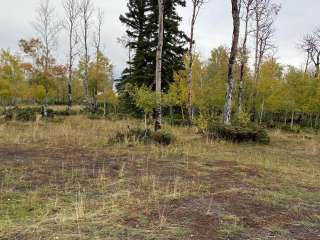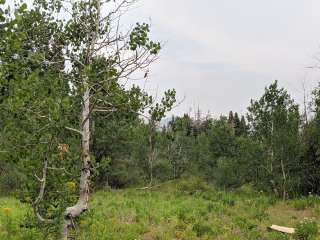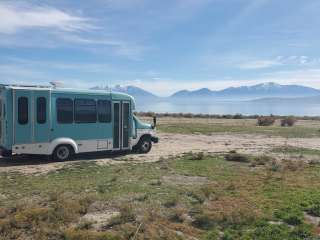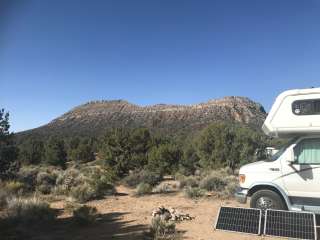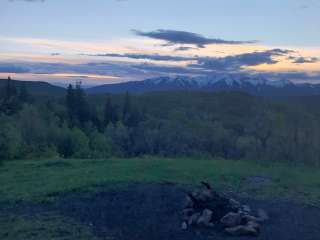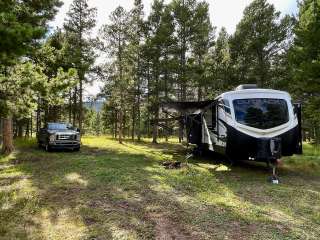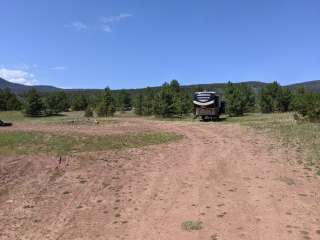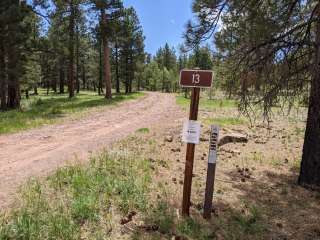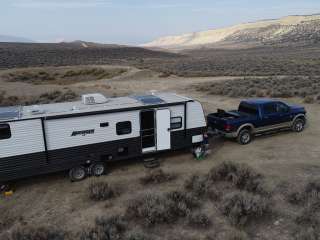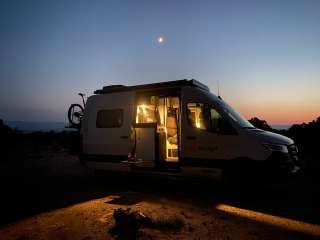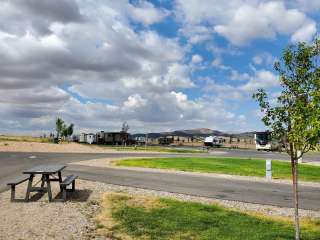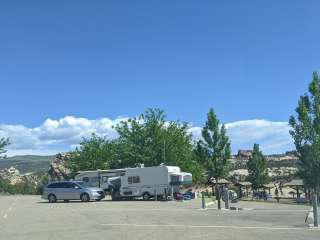Contact Info
Camping Style
About Campground
If you are recreating in the fee area outside developed campgrounds a pass is required. The purchase of a recreation pass is required for any recreation activity in the Mirror Lake Scenic Byway fee area outside of developed campgrounds. A Mirror Lake Recreation Pass is required for all vehicles parked within the Mirror Lake Fee area. Three Day Passes are $6.00, Seven Day Passes are $12.00, and Annual Passes are $45.00. We honor the Interagency Recreation Passes, as well as the American Fork Canyon Passes. Please display the passport/pass on the dash or hang it from the rear view mirror of your vehicle with the hang tag so that it is visiable with the signature on the card facing out.
Many people enjoy the solitude and primitive experience of camping away from developed campgrounds and other campers. Dispersed camping is the term used for camping anywhere in the National Forest outside of a designated campground. Dispersed camping means no toilets, no treated water, and no fire grates are provided.
Camping in dispersed areas on the Forest is allowed for fourteen (14) days in any thirty (30) day consecutive period. Campers must move off Forest after reaching the 14-day limit. The stay limit also applies to all camping equipment (tents, chairs, ATVs, ATV trailers, etc.), even if used by a different person or group. Camping equipment must be removed by the end of the fourteen (14) day stay limit or the equipment may be impounded. Stay limits are implemented to reduce impacts to vegetation and wildlife habitat, as well as provide access to popular campsite areas for other visitors.
https://www.fs.usda.gov/detail/uwcnf/recreation/?cid=stelprdb5090455
There are extra responsibilities and skills that are necessary for dispersed camping. It's your responsibility to know these before you try this new experience.
In most areas, dispersed camping is allowed up to 150 feet from a designated Forest Service Road, with some exceptions. Exceptions are based on protection of resources that may include water quality, soil conditions, and wildlife & fish habitat.
No Dispersed camping within 100 feet of water (we recommend 200 feet).
No dispersed camping where topography or existing vegetation limits vehicle travel (e.g. steep terrain, trees, brush).
No dispersed camping within wet meadows or in saturated soil conditions. In these areas, walk-in tent camping and picnicking are allowed, however vehicle travel into these areas may be restricted. The public is asked to use existing pull-outs off the main road and walk in to take advantage of these areas that help provide clean water, productive soils, and habitats for fish and wildlife.
Forest users can obtain Motor Vehicle Use Maps (MVUM’s), that show where dispersed camping is allowed and roads and trails that are designated open to motorized vehicles
Local areas where dispersed camping is not allowed, but where day use activities such as picnicking, fishing, swimming, etc., are allowed include:
No dispersed camping on the east side of Strawberry Road
No dispersed camping in the lower half of Diamond Fork Canyon
No dispersed camping in the lower half of the Right Fork of Hobble Creek Canyon.
No dispersed camping in the lower half of American Fork Canyon.


